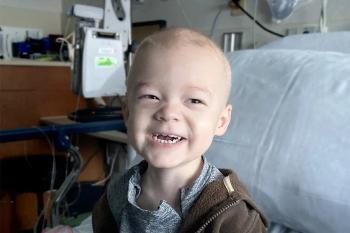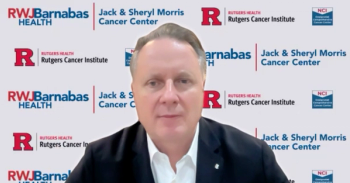
How Technology Can Bring Diabetes Prevention, Care to the Masses
CMS' plan to pay for the National Diabetes Prevention Program is an important step toward payer coverage of technology-based diabetes care. But reimbursement for telehealth to treat type 2 diabetes remains challenging.
Diabetes, by the numbers, is staggering: 29 million Americans have it; most have type 2 disease. Another 86 million have prediabetes, which means they are at risk of progressing to diabetes.
Between the shortage of endocrinologists and primary care physicians swamped with newly insured patients, just seeing everyone is challenge. That’s assuming all who need to be treated for diabetes can travel to a doctor regularly, because many cannot. So, how can the healthcare system meet this need?
Technology can, and should, offer solutions for both prevention and treatment of diabetes, according to a speaker and panelists who appeared Friday at Patient-Centered Diabetes Care, presented by The American Journal of Managed Care.
Until now, reimbursement barriers—not patient demand—have held back the broader use of technology-based solutions in diabetes care. However, things changed on the prevention side 3 weeks ago, when CMS announced it would offer the National Diabetes Prevention Program (NDPP) through Medicare. Whether that regulatory process creates a window to address broader issues in telemedicine remains to be seen.
Mike Payne, chief commercial officer and head of medical affairs at Omada Health, opened his talk with an alarming statistic: only 1% of those who could benefit from the NDPP have gone through the program, despite its proven effectiveness. Payer coverage in Medicare could change those statistics very quickly. “The fact that CMS has taken this step is really encouraging,” he said.
When CMS’ announcement came, Omada was already poised to help health plans meet new requirements for behavioral counseling. In 2015, the US Preventive Services Task Force required insurers to offer “intensive counseling” for those with obesity and one cardiovascular risk factor; coupled with CMS’ news, millions will soon gain access to preventive services.
While the original NDPP, based on face-to-face sessions, was highly effective, it would be difficult to scale on the levels that will now be needed, Payne said. Omada’s program, he explained, is an “immersive experience,” that is distinctly different from telemedicine; it is designed to be flexible and keep the patient engaged, thus addressing those periods between the face-to-face sessions. “This is going to allow you to multiply your impact by millions,” Payne said.
What about patients who already have type 2 disease? When asked, Payne said Omada is working on this, too.
During a panel discussion that followed, Tearsanee Davis, DNP, APRN-BC, lead nurse practitioner for the University of Mississippi Center for Telehealth, discussed an ongoing study at her center involving patients from a very poor area in the Mississippi Delta. Patients are given iPads and peripherals, including a glucometer, to both monitor their clinical indicators and take diabetes education units on a schedule that suits them.
If patients fail to check in for their diabetes lesson, or if their blood sugar is off that day, a contact from the University of Mississippi can be in touch to find out what’s wrong—and can reach the primary care provider if medication is making the patient ill, for example.
To take part in the study, patients had at least 2 hospitalizations for diabetes-related complications, Davis said. When she shared that among first 100 participants, there has not been a single hospital or ER admission, the audience gasped.
Davis said the program’s positive message—it helps patients adapt to daily life instead of being punitive—is a key to success. “If we have a grandmother whose blood sugar shot up to 300, and she says she ate her grandchild’s birthday cake, we say, ‘This is how much to eat,’” Davis said. Teaching patients how to build their diet around a family event is more realistic than saying, “Never eat dessert.”
Mississippi benefits from a unique parity law that requires telehealth coverage, but Kristen McGovern of Sirona Strategies, which represents the Alliance for Connected Care, said CMS and Medicare lag behind with treatment reimbursement. Speaking to the health systems representatives in attendance, she said that as the transition to value-based models continues, “it’s going to be increasingly important for you to know what’s happening when (patients) leave your facility.”
The exchange between Anne Schmidt, MD, associate medical director of Blue Cross Blue Shield of Alabama, and McGovern showed the quandary telehealth faces, despite its popularity among patients. According to a survey by the
“The more data we have, the more evidence of the impact on outcomes, the more we can shape policy to support that,” Schmidt said. “As we go to a value-based payment model, integrating technology is going to be a key part of that.”
“The big thing we hear is, ‘We don’t have enough data.’” McGovern said. “If you are experimenting with telehealth, publish your data. We really need a body of evidence to show that this works.”
Newsletter
Stay ahead of policy, cost, and value—subscribe to AJMC for expert insights at the intersection of clinical care and health economics.













































